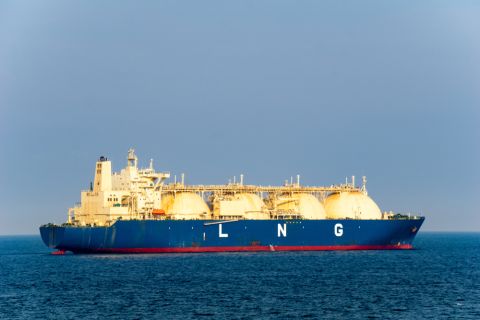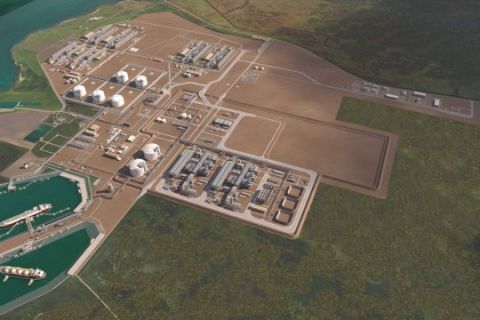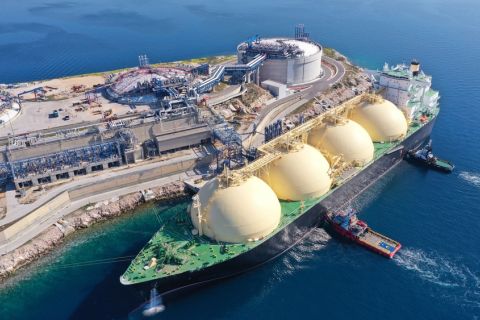Signum Technology Group company KLAW LNG delivering the world’s first fully automated LNG safety transfer system to Montego Bay, Jamaica, enabling a reliable flow of LNG to the community.
Working in partnership with Exida and Siemens for client Fortress Energy, KLAW LNG has designed, engineered and manufactured the Safety Integrity Level and Safety Instrumented System (SILSIS). This has given the island’s residents, for the first time, a safe and reliable flow of LNG, which is then used by the island’s power generation facility to generate power for homes and businesses, as well as to run road transport.
“LNG has to be kept at very low temperatures in order to be transferred. When heated it will expand instantly by 700%, so it is especially vital to engineer ground-breaking safety systems when dealing with delivery to an urban community,” said Julian Fairman, KLAW LNGs technical manager – control systems, in a statement. “At a very early stage in the project we took the view that it was necessary to innovate and drive the technology forward so that we could provide a solution that was far in advance of the accepted standards.”
Fairman added: “We are very proud that SILSIS is the world’s first fully-automated, Programme Logic Controlled (PLC), Safety Instrumented System, designed to continuously guarantee the highest levels of safety and operational readiness. It is also the world’s first SIL2 compliant safety delivery system, which is highly significant.
“More importantly though, this means that the people of Montego Bay have had their lives transformed because the power station, which previously ran on diesel, was extremely expensive and damaging to the environment. It is no exaggeration to say that the cost of this power was crippling to the island’s economy and up until now they had no practical alternative. SILSIS means they now have a reliable and cost-effective energy source that is delivered with the highest safety levels of any LNG transfer system on the planet.”
The two-stage ESD emergency shutdown system designed into SILSIS provides an escalated response in the event of something going wrong. The first stage ESD1 isolates lines, sounds a warning alarm, and inhibits transfer to reduce any risk of spillage. The second stage ESD2, which is activated automatically or manually, activates emergency release couplings and separates the transfer system.
“It isn’t enough that architecture, components and performance should be SIL2 compliant; operations and procedures must also maintain the required levels over the operational life of the system through proper safety life cycle management,” said Fairman.
Recommended Reading
US Asks Venture Global LNG to Justify Filing of Confidential Documents
2024-03-13 - The FERC request comes days after Venture Global LNG customers had challenged the company's request for a one-year extension of its startup and urged the regulator to make Venture Global release the confidential commissioning documents.
Venture Global Gets FERC Nod to Process Gas for LNG
2024-04-23 - Venture Global’s massive export terminal will change natural gas flows across the Gulf of Mexico but its Plaquemines LNG export terminal may still be years away from delivering LNG to long-term customers.
Watson: Implications of LNG Pause
2024-03-07 - Critical questions remain for LNG on the heels of the Biden administration's pause on LNG export permits to non-Free Trade Agreement countries.
Despite LNG Permitting Risks, Cheniere Expansions Continue
2024-02-28 - U.S.-based Cheniere Energy expects the U.S. market, which exported 86 million tonnes per annum (mtpa) of LNG in 2023, will be the first to surpass the 200 mtpa mark—even taking into account a recent pause on approvals related to new U.S. LNG projects.
The Problem with the Pause: US LNG Trade Gets Political
2024-02-13 - Industry leaders worry that the DOE’s suspension of approvals for LNG projects will persuade global customers to seek other suppliers, wreaking havoc on energy security.




